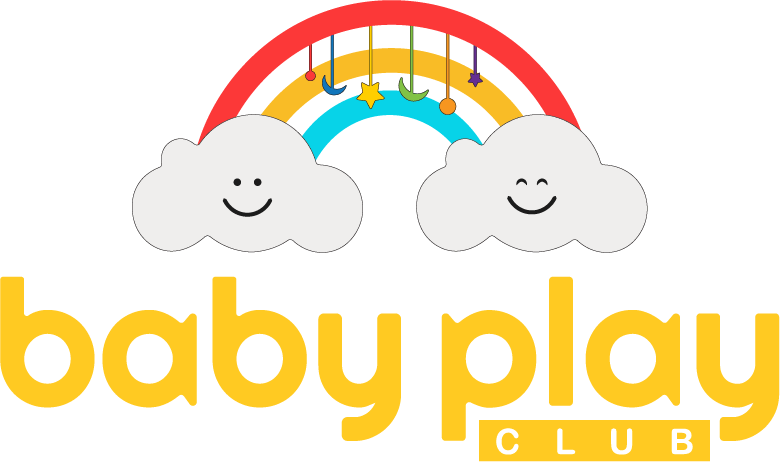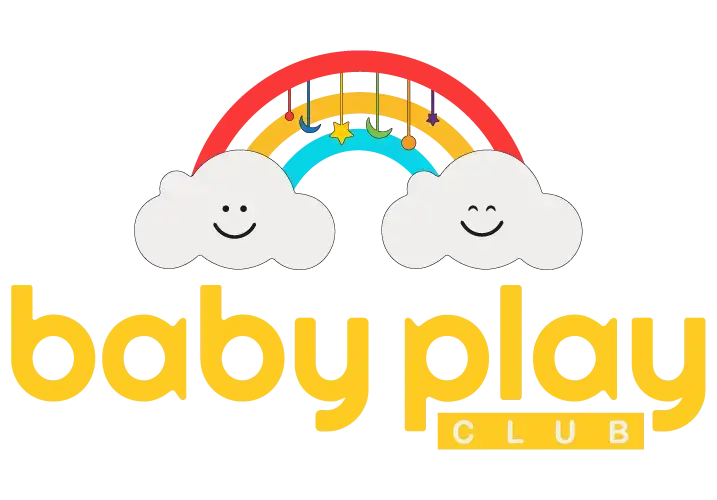When Can Baby Use Jumper?
As parents, we know that raising a baby can sometimes feel like juggling a dozen tasks simultaneously. Amidst diaper changes, feedings, and sleepless nights, finding a moment to catch your breath or tackle a chore can be a real challenge. This is where baby jumpers come into play – or rather, into bounce! So, when can baby use jumper? Read on to know!
What is a Baby Jumper?
A baby jumper is a suspended seat attached to a frame with elastic straps, allowing babies to bounce up and down with their feet. It’s designed to keep babies entertained while giving them a taste of movement and independence.
What Age Can Babies Use a Jumper?
Safety should be the top priority when considering a baby jumper. Babies should not be kept in a jumper until they have developed neck stability and head control.
So, when can baby use jumper? Most babies achieve this milestone by the age of five to six months. Thus, it is generally safe to introduce your baby to a jumper when they reach the six-month mark.
How Long Can a Baby Stay in the Jumper?
Okay, you’ve got your baby in a jumper, and they’re bouncing away happily. But how long is too long? Experts suggest keeping jumper time to around 15-20 minutes per session and no more than two sessions daily.
Why? These little jumper seats can put your baby’s hips in a not-so-great position for their development. Studies even show that babies who spend too much time in jumpers might take longer to learn how to walk.
What are the Benefits of a Jumper?
Baby jumpers can be a valuable tool for parents when used correctly. They offer a brief respite, allowing caregivers to attend to chores or simply take a moment for themselves while their baby enjoys some entertainment. Many babies find bouncing in a jumper to be an enjoyable experience.
However, it’s essential to emphasize moderation. While jumpers have advantages, they should not replace other crucial developmental activities and should only be used for short periods.
Are Jumpers Bad for Babies?
While baby jumpers offer entertainment value in moderation, excessive or extended use can harm your baby’s skeletal and muscle development. Here are some potential concerns associated with the prolonged use of baby jumpers:
Hip Development
Jumper seats can strain a baby’s hips, potentially leading to developmental hip disorders like hip dysplasia or dislocation.
Muscle Imbalances
Babies in jumpers often lean forward on their toes, causing calf muscles to tighten while the gluteus muscles receive inadequate exercise. This imbalance can contribute to toe-walking in the future.
Head Injuries
Head injuries are the most common injury for baby jumpers. These injuries may occur if the baby hits a door frame, gets fingers pinched, or leans over and falls out of the jumper. Mechanical failures or older siblings playing near the jumper can also lead to accidents.
How Do You Use a Baby Jumper Safely?
To ensure your baby’s safety while using a jumper, follow these safety guidelines:
- Age and Developmental Milestones: Only use a jumper when your baby has complete head control, typically around six months. Leave use when your baby can sit up unaided or exceeds the recommended weight limit.
- Quality Assurance: Choose a high-quality jumper from a reputable manufacturer.
- Assembly and Height: Follow the manufacturer’s instructions carefully when assembling the jumper and adjusting it to the appropriate height for your baby.
- Regular Inspection: Regularly check the jumper for any signs of damage, wear, or tear, and replace worn-out straps immediately.
- Secure the Baby: Ensure your baby is securely fastened in the jumper, and never leave them unattended while using it.
- Moderation: Limit jumper usage to no more than 15-20 minutes at a time and restrict it to a maximum of two sessions per day.
- Sibling Education: Educate older siblings about the importance of not pushing or playing in the jumper when the baby is using it.
What Are the Alternatives to Baby Jumpers?
If you’re concerned about the potential drawbacks of baby jumpers or prefer alternative options, consider the following:
Stationary Activity Centers: These provide similar entertainment and movement without the potential strain on a baby’s hips.
Floor Play: Allowing your baby to play on the floor is an excellent way to encourage natural development. Activities like tummy time and lying on their sides help build neck and back muscles, promote healthy hip development, and enhance core and leg strength.
Crawling and Walking: Floor play can also encourage your baby to crawl and walk earlier, as they have the freedom to explore their surroundings and develop spatial awareness.
FAQs
Q. CAN A 2-YEAR-OLD USE A JUMPER?
Baby jumpers are designed for infants and should not be used by toddlers, as they typically outgrow the weight and developmental stage suitable for a jumper.
Q. WHAT AGE CAN A BABY USE A DOOR BOUNCER?
Door bouncers are similar to jumpers and should only be used when your baby has developed sufficient neck stability and head control, typically around six months.
Q. CAN I PUT MY 3-MONTH-OLD IN A JUMPER?
No, putting a 3-month-old baby in a jumper is unsafe. They lack the necessary neck stability and head control at this age. Wait until your baby reaches the appropriate developmental stage, typically around six months.
Final Words
Baby jumpers can be helpful for parents but use them wisely and in moderation. Always prioritize your baby’s safety and development, and consider alternative play and entertainment options to ensure they grow up happy and healthy. We hope now you know when can baby use jumper.


